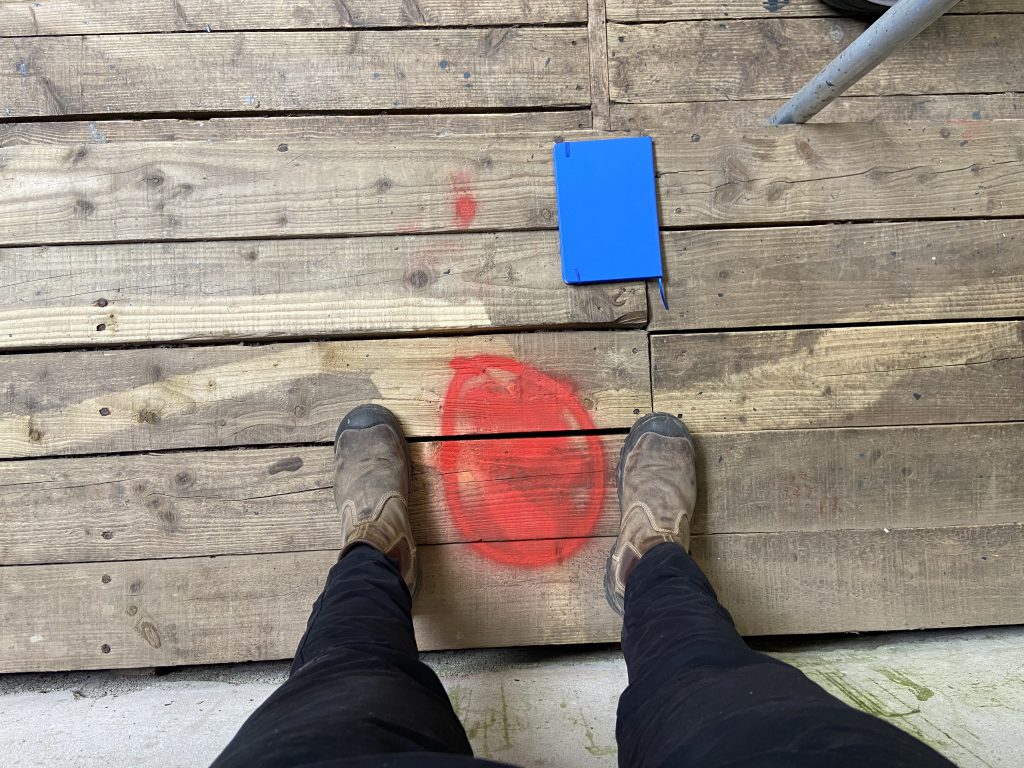Monday, June 8, saw the easing of Covid-19 related restrictions in marts the length and breadth of the country, as ‘phase 2’ of the Government’s Roadmap for Reopening Business and Society was activated.
Under the new regulations, mart managers had to submit ‘safe sales’ standard operating procedures (SOPs) to their local regional veterinary office.
As part of the new SOP, the mart must display permanent markings, 2m apart, indicating where buyers must position themselves around the sale ring.
Farmers entering and exiting the mart must provide their name and phone number, while the in/out time is also recorded; this action is repeated for each sale ring if in operation.
The onset of Covid-19 has changed the way in which marts operate. As a result of restrictions, marts had no other choice but to turn to online technology to facilitate trading.
As a result, over the past few weeks, numerous marts installed cameras in sale rings so traditional-like trading could take place, albeit with no bidders around the ring. Instead, farmers bid online on laptops, mobile phones or other handheld devices.
While most will admit it was a huge change, this method of trading has been successful.
Now that buyers are allowed – under the restrictions mentioned above – to return to the sale rings, marts with the online technology continue to receive bids online, while also taking bids from buyers on the floor.
AgriLand travelled to Ballyjamesduff Mart on Tuesday to see how both systems would work in tandem.
Again, the same rules apply at the mart. Farmers with cattle to sell make an appointment to drop off their animals prior to the sale; the farmer/driver does not exit his/her vehicle.
Mart staff number and pen these animals before potential buyers have a viewing period of roughly one hour. Buyers are allowed to view the cattle in the yard, while adhering to social distancing practices.
Prior to entering the building, potential buyers provide their name and phone number. Once entering the ring, farmers must stand at allocated points – visible in red – and remain 2m apart.
At this moment in time, sellers are not permitted to enter the seller’s box and all animals are sold subject, with the mart contacting the farmer post-sale. Naturally, the seller can tune in online to see how his/her animals fare.
It is hoped that these restrictions will be relaxed in the coming weeks.
The entire building is kitted out with safety notices and signage to remind buyers of the social distancing rules and best practice protocols. Facilities for washing and sanitising hands are also provided.
The bidding itself worked well, with a few minor glitches resolved in a matter of seconds, as the auctioneer received bids both from the floor and online through MartEye. While the sale took off at a slower speed, the pace picked up as the sale progressed.
Through the MartEye system, the auctioneer is alerted of an online bid through a vibration in the gavel or hammer, while a button on the gavel can be pushed to register a ‘floor bid’ online.
Some 200 heifers, 160-odd bullocks and 50 weanling bulls were presented for sale – a sale that mart manager John Tevlin was happy with.
“There was still a lot of bidding online. There are two extremes I suppose – some farmers are that little bit older and have not come out yet, while the younger farmers may be working or busy and are happy to bid away on the phone.
“The sale was slightly slower than all online or all bids from the floor, but this is to be expected when you match the two together.
“But the system worked well in fairness and it’s just a matter of getting used to it. Sales are getting that little bit smaller. Some sellers are waiting until they can get in to sell them,” he concluded.






